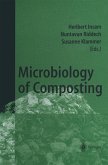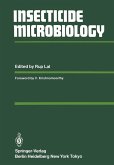Two major problems encountered as we approach a new century are the availability of resources for chemicals and energy, and environmental pollution. This book highlights the importance of biotransformation as a solution to these problems and considers traditionally separate areas as one interdependent discipline, in terms of the underlying mechanistic biochemistry and the research techniques employed. The provision of resources has largely centred around non-renewable materials, especially oil. Diminishing reserves of these, together with uncertainties of supply and cost have stimulated great interest in renewable resources. These are largely lignocellulosic materials (e.g. wood and straw) which are available through natural biomass turnover, farming and forestry and from wastes generated by industrial processes. An excellent example is that of kraft lignin, a by-product of pulp and paper production, amounting to 60 million tonnes per annum and which is largely wasted by burning or landfilling. This aromatic polymer has enormous potential as a feedstock to the chemical industry. Environmental pollution is no longer accepted as inevitable for a technological society. Over the past decade there has been a tremendous increase in awareness of the effects of pollution and public pressure has influenced both industry and government. However, to be realistic, it is not possible to replace all processes generating polluting wastes with clean alternatives. Instead, treatments of pollution, both at source and after an incident, are alternatives in many instances and a great deal of emphasis is currently being placed on these.
Dieser Download kann aus rechtlichen Gründen nur mit Rechnungsadresse in A, B, BG, CY, CZ, D, DK, EW, E, FIN, F, GR, HR, H, IRL, I, LT, L, LR, M, NL, PL, P, R, S, SLO, SK ausgeliefert werden.









